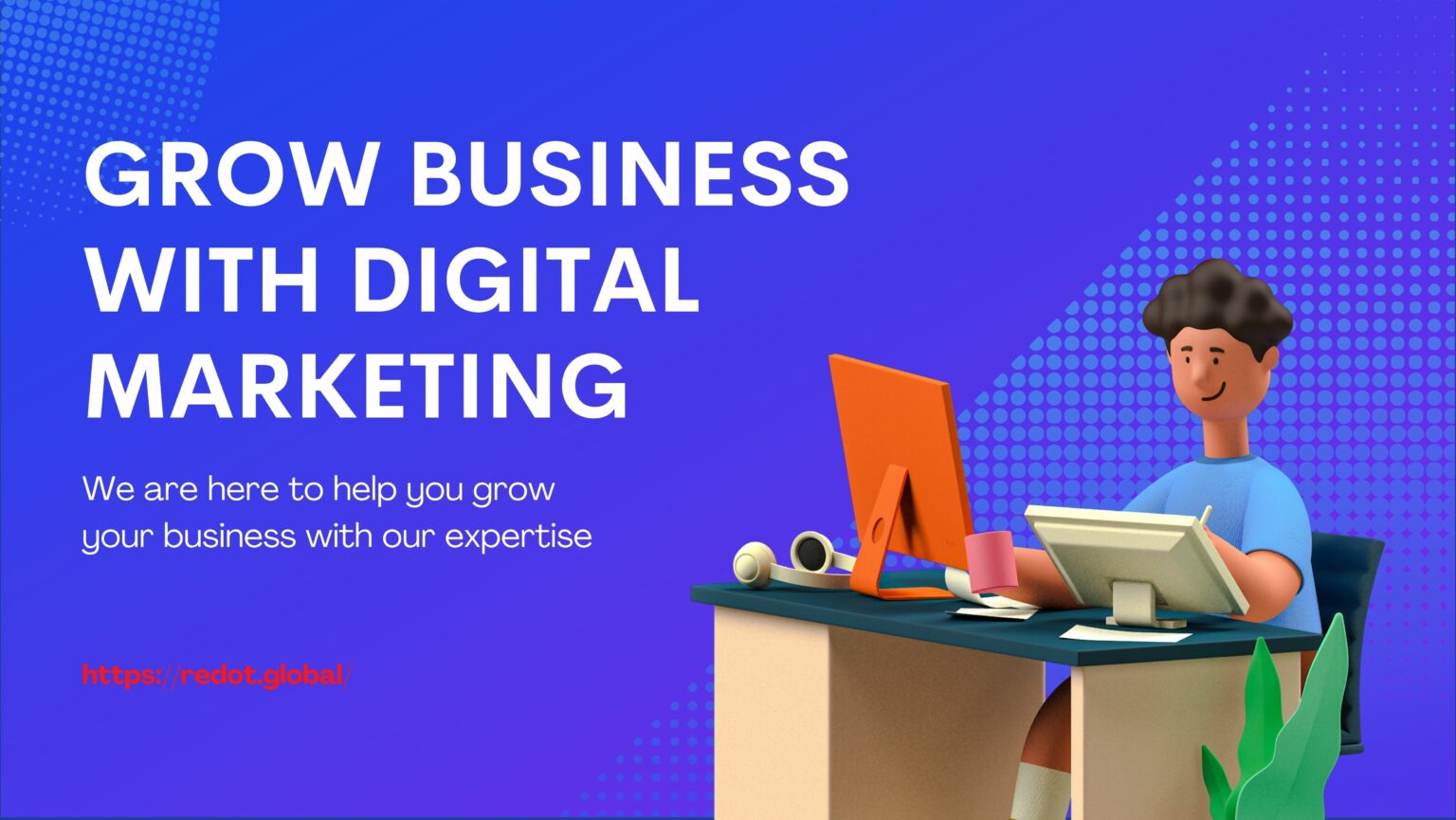Many enterprises wind down as the year ends. However, B2B marketers know that early planning your sales and marketing strategy is vital to grabbing those critical clients in the new year.
We’ve seen the epidemic’s influence on digital marketing over the previous two years. With the advent of remote working, online events have increased, and the ability to adapt quickly has never been more critical.
As we approach 2022, it’s time to review the latest (and ongoing) B2B marketing trends. So, if you want to freshen up your marketing strategy in 2022, here are some things to watch for.
Artificial Intelligence Marketing
AI and machine learning have been making waves in marketing for some time now, and there’s no stopping them.
Sixty-one per cent of marketers regard AI to be the most critical component of their data strategy. It helps marketers personalize campaigns, segment their client base, and automate many of the tedious tasks that bog us down.
And AI makes decisions far faster and more correctly than humans. We expect this technology to evolve and become more pervasive in our daily lives, particularly in marketing, by 2022. Imagine what this type of analysis and segmentation can achieve for B2B market research.
With the rise of voice search, marketers must adapt their SEO and content marketing strategies to match this new internet browsing style better. Language modelling AI will continue to improve, eventually replicating common human language to the point where an AI can communicate with another person indistinguishably.
Selected micro-influencers
Influencer marketing has increased in recent years, with 74% of marketers saying it improves customer and prospect experiences. Getting your products into the hands of prominent influencers with millions of followers is expensive and may not work.
Contrary to popular belief, influencer marketing has drawbacks. Large influencer channels may lose influence if their followers believe they are being sold to as they accept more sponsored content.
So expect the micro-influencer to grow in the coming year. These influencers have a smaller but loyal following, delivering a more straightforward message. Working with these influencers allows your organization to expand its thought leadership.
Investing in a micro-influencer may yield better results than seeking a big influencer. It is not the number of followers that matters, but the relationships that matter.
Activating employees
Even if you don’t use influencer marketing, your employees can act as micro-influencers. Employee activation empowers your employees to become brand advocates, boosting sales and conversions more accurately.
People who are eager to achieve and share your brand values may be your most enthusiastic advocates. Even if you have the best email marketing in the world, nothing matches in-person events and what your employees post about your business.
A lousy employee attitude is the number one reason a person will not do business with a company. Because employees have the most significant impact on how consumers perceive your brand, they should have raved about it.
As consumers become less receptive to direct marketing and sales pitches, you can rely on your employees to communicate your brand’s message authentically.
AR (augmented reality)
When Pokémon Go was out in 2016, it became an instant global hit, bringing augmented reality into the mainstream. The proliferation of filters on platforms like Snapchat and Instagram is one obvious illustration of this. Because cellphones can give an AR experience to practically everyone, marketing opportunities abound.
AR is ideal for B2B sales presentations, product demos, and brand launches. Encouragement is crucial in today’s era of short attention spans, especially in oversaturated markets. AR is a fantastic way to provide a unique customer experience, which is why we expect more AR efforts in 2022.
Personalized marketing
Marketers have long recognized that there is no one-size-fits-all solution to consumer communication. Personalization at all levels, from emails to on-site content, will continue to be desired by consumers in 2021.
AI is increasingly used to give each customer a personalized campaign rather than segmenting them into groups to target specific adverts. Technology will make this more accessible and more exact. With AI, you can eliminate errors, save money, and increase ROI.
A customer’s name, suggested products based on previous purchases, or location-specific options aren’t enough for customers in 2021 or B2B buyers in 2022. You may build stronger personal relationships with your clients using AI prediction models.


